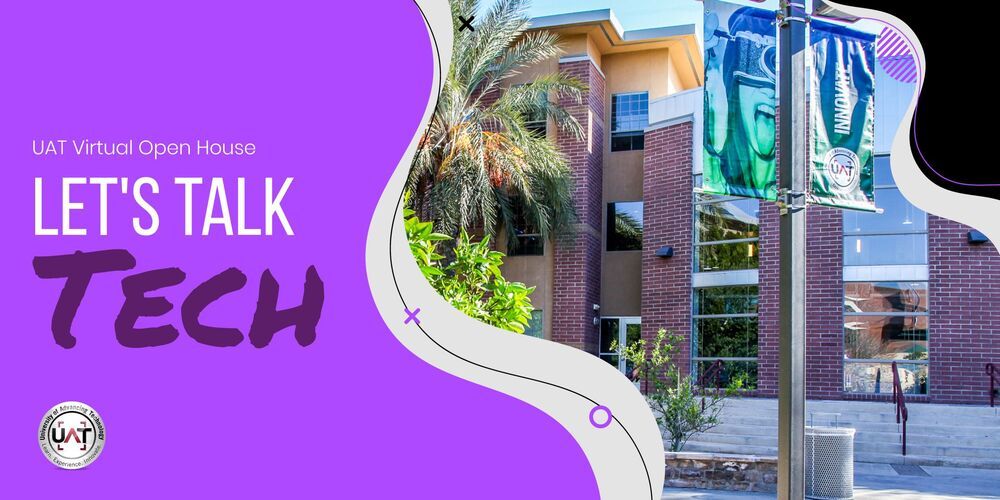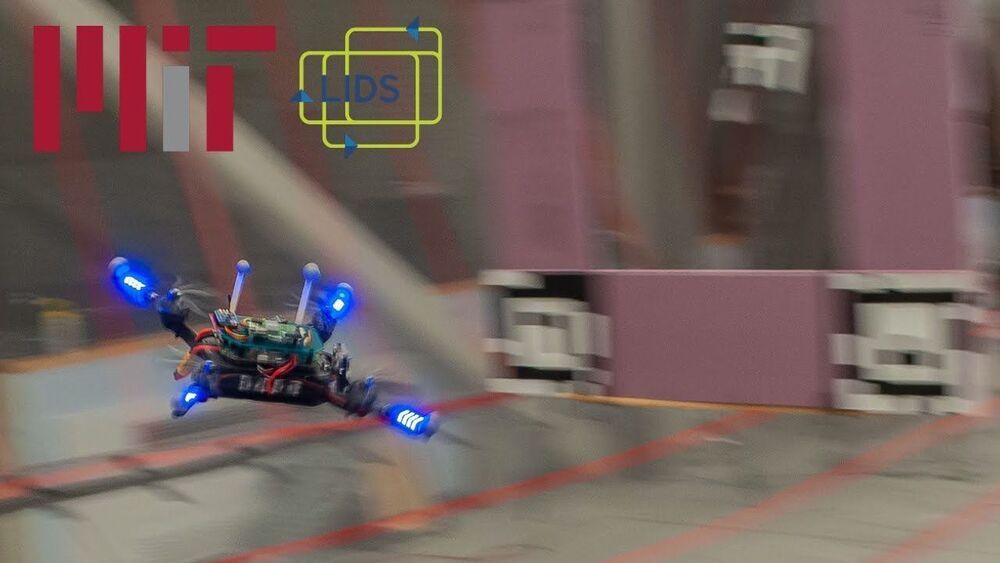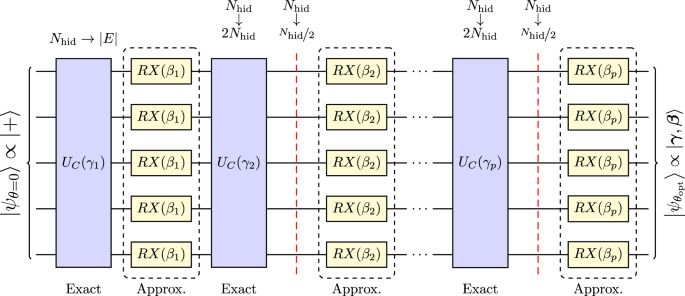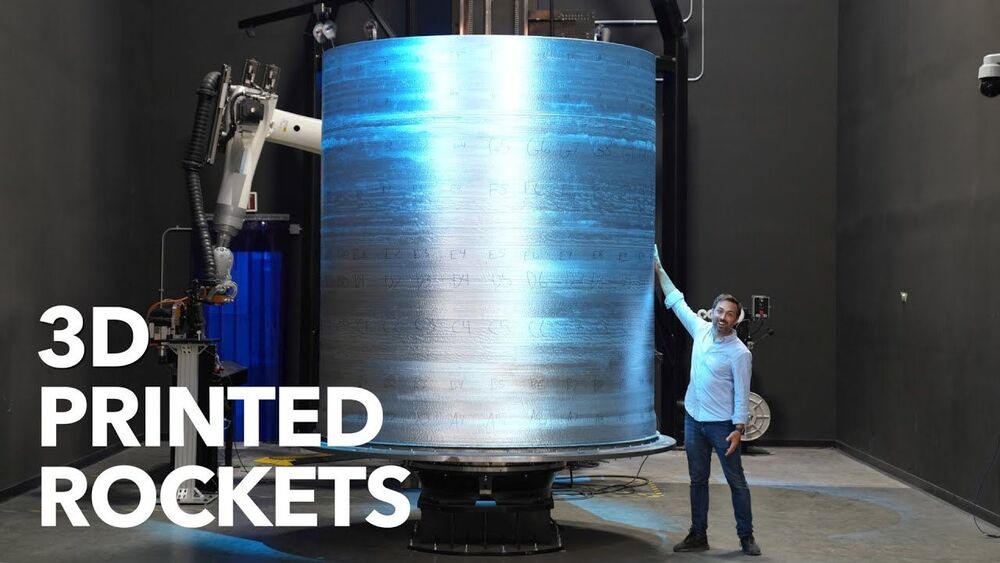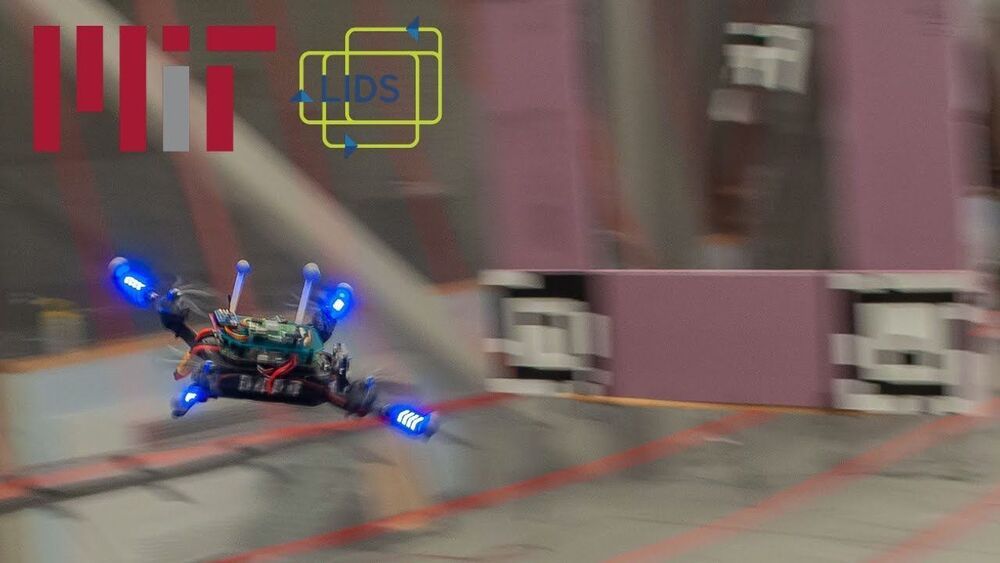Aug 15, 2021
UAT Virtual Let’s Talk Tech Open House
Posted by Genevieve Klien in categories: bioengineering, biological, genetics, information science, internet, robotics/AI
Learn More
University of Advancing Technology’s Artificial Intelligence (AI) degree explores the theory and practice of engineering tools that simulate thinking, patterning, and advanced decision behaviors by software systems. With inspiration derived from biology to design, UAT’s Artificial Intelligence program teaches students to build software systems that solve complex problems. Students will work with technologies including voice recognition, simulation agents, machine learning (ML), and the internet of things (IoT).
Students pursuing this specialized computer programming degree develop applications using evolutionary and genetic algorithms, cellular automata, artificial neural networks, agent-based models, and other artificial intelligence methodologies. UAT’s degree in AI covers the fundamentals of general and applied artificial intelligence including core programming languages and platforms used in computer science.
